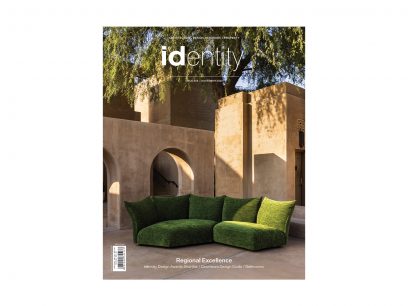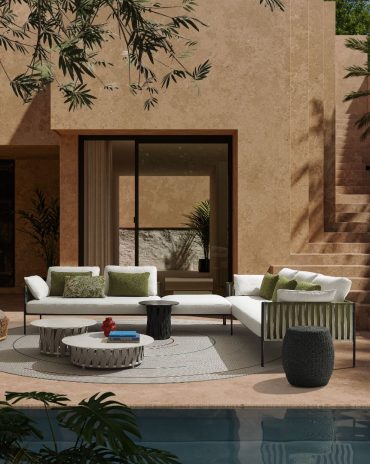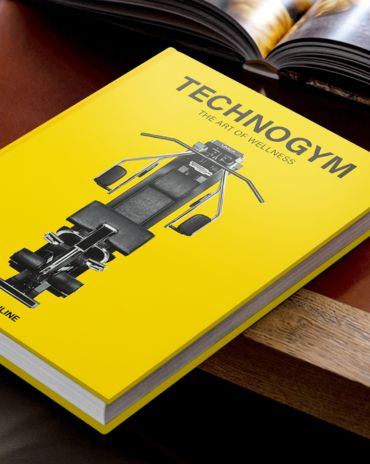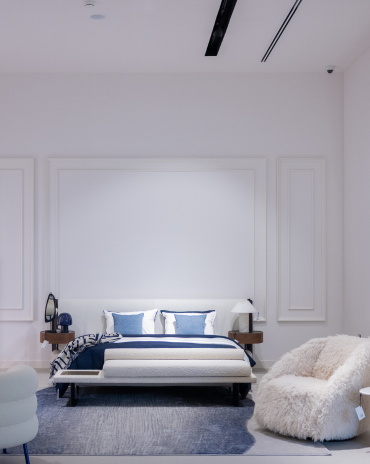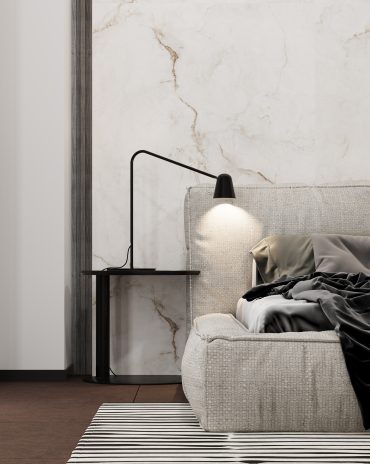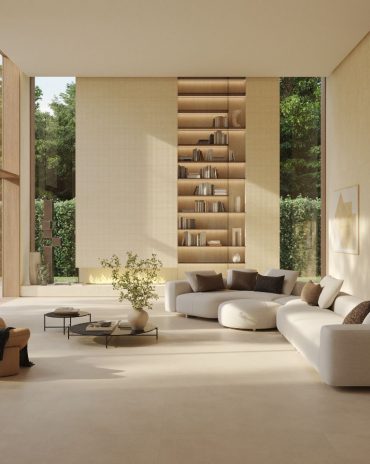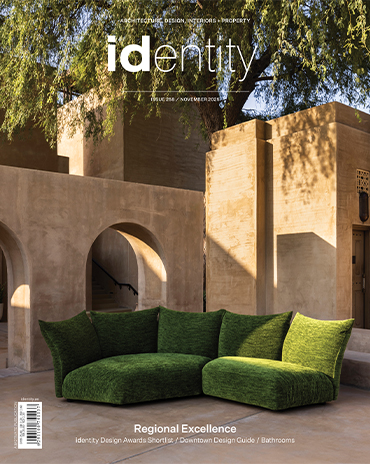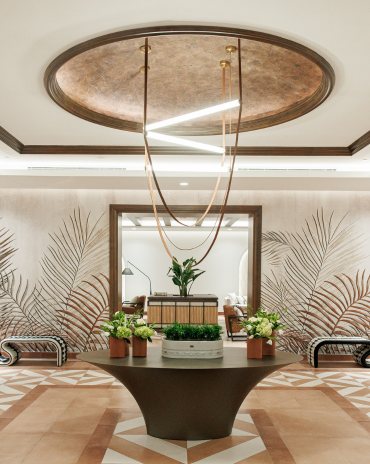Copyright © 2025 Motivate Media Group. All rights reserved.
Celebrating 100 years of De Stijl
We are chronicling the people, places and objects that will stand the test of time.

Neoplasticism is an unfamiliar term to most, yet plenty will know its more common name: De Stijl (literally ‘The Style’). The hugely influential artistic movement began in 1917 in the Dutch city of Leiden and was unusual in its determination to embrace simplicity.
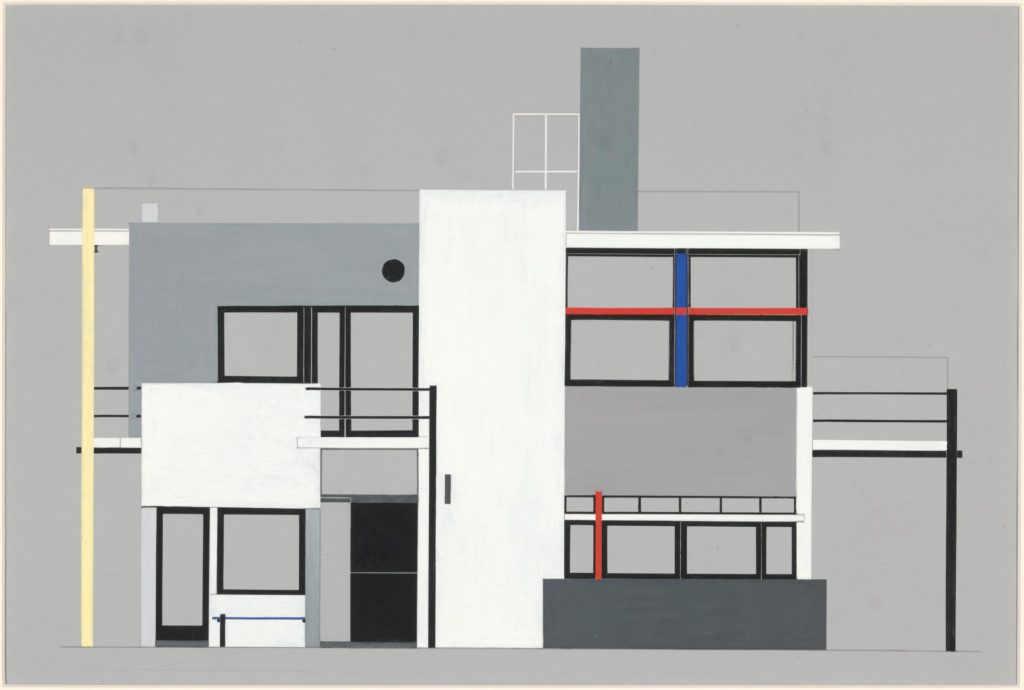
De Stijl was characterised by its desire to express a new ideal of order and spiritual harmony, and by its advocacy of reduction to essential forms and colours: only vertical and horizontal elements were initially used, and only black, white and primary colours.
The movement consisted of artists and architects, and its principles were therefore seen as being equally applicable to both disciplines, and beyond. Perhaps the most famous member and proponent of De Stijl was Piet Mondrian (1872-1944), the Dutch painter who created the renowned works that have inspired designers working on everything from Yves Saint Lauren clothing to hair product packaging.
Mondrian’s most famous grid-based pieces were very simple in their composition, and rigid in their adherence to the movement’s principles. Later, however, Mondrian showed the versatility of De Stijl, using a greater variety of angles and colours – particularly in the works that were in progress or finished shortly before his death.
Indeed, this evolution has expanded the influence of De Stijl, as ‘colour-blocking’ – a freer, more flexible interpretation of principles – continues to find popularity among designers of buildings, clothing, jewellery and furniture.
One of the original aims of De Stijl was to deliver impact that went far beyond only painted works. Its earliest members included architects J. J. P. Oud (1890–1963) and Gerrit Rietveld (1888-1964) – and it was the latter who created the Red and Blue Chair of 1917 that’s pictured here.
Just one building was created completely in accordance with De Stijl principles – the Rietveld Schröder House – yet the movement influenced architecture greatly for many years afterwards, such as Oud’s Café De Unie in Rotterdam and the Eames House by Charles and Ray Eames.
For final proof of De Stijl’s continuing and widespread influence, Moscow Metro’s Rumyantsevo and Salaryevo stations, which opened last year, feature design aesthetics inspired by the principles established a century ago.
The Latest
The language of weave
Nodo Italia at Casamia brings poetry to life
The Art of the Outdoors
The Edra Standard Outdoor sofa redefines outdoor living through design that feels, connects and endures
The Art of Wellness
Technogym collaborates with Assouline to release a book that celebrates the brand’s 30-year contribution to the fitness industry
The Destination for Inspired Living – Modora Home
Five reasons why you need to visit the latest homegrown addition to the UAE’s interiors landscape
Elemental Balance — A Story Told Through Surfaces
This year at Downtown Design 2025, ClayArk invites visitors to step into a world where design finds its rhythm in nature’s quiet harmony.
The identity Insider’s Guide to Downtown Design 2025
With the fair around the corner, here’s an exciting guide for the debuts and exhibits that you shouldn’t miss
A Striking Entrance
The Oikos Synua door with its backlit onyx finish makes a great impression at this home in Kuwait.
Marvel T – The latest launch by Atlas Concorde
Atlas Concorde launches Marvel T, a new interpretation of travertine in collaboration with HBA.
Read ‘Regional Excellence’ – Note from the editor
Read the magazine on issuu or grab it off newsstands now.
Chatai: Where Tradition Meets Contemporary Calm
Inspired by Japanese tea rooms and street stalls, the space invites pause, dialogue, and cultural reflection in the heart of Dubai Design District
A Floating Vision: Dubai Museum of Art Rises from the Creek
Inspired by the sea and pearls, the Dubai Museum of Art becomes a floating ode to the city’s heritage and its boundless artistic ambition.
Heritage Reimagined
Designlab Experience turns iconic spaces into living narratives of Emirati culture, luxury, and craftsmanship.



